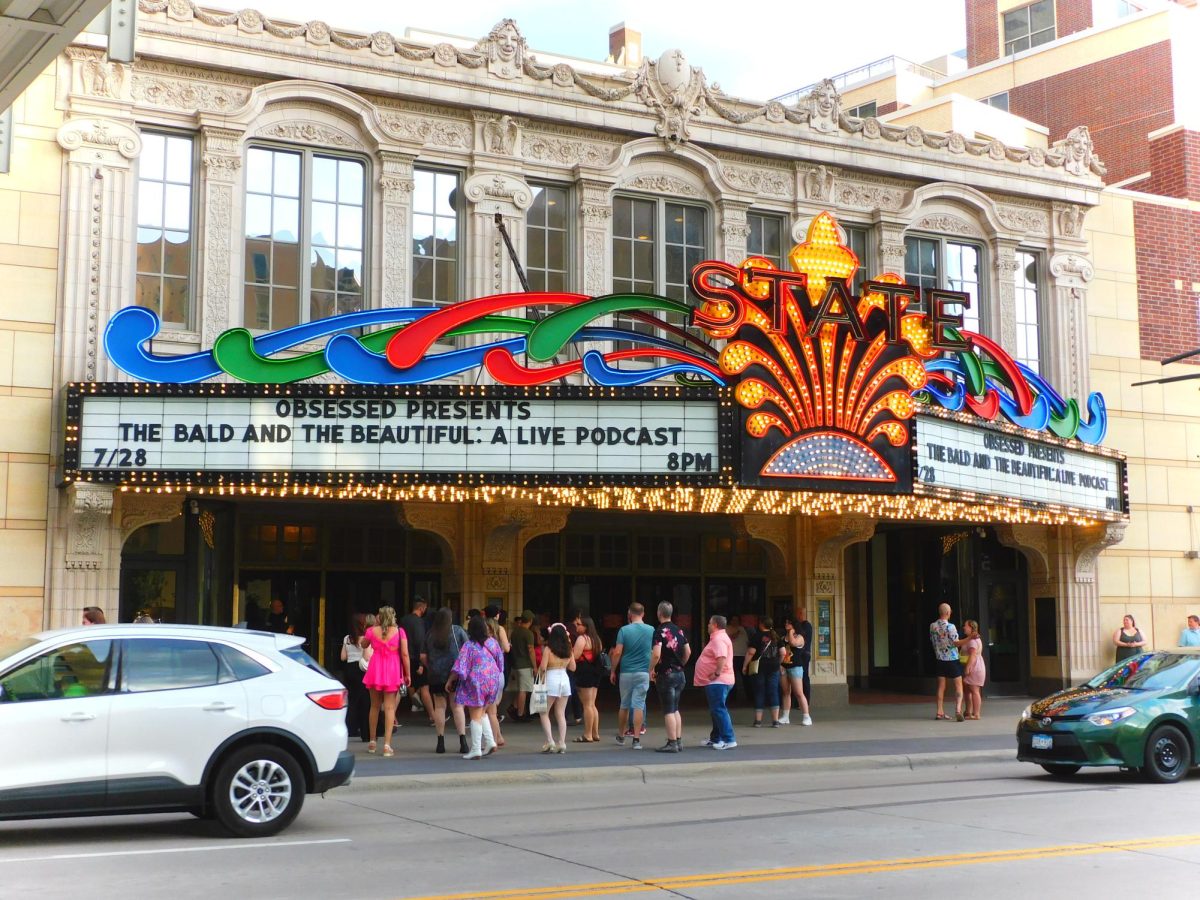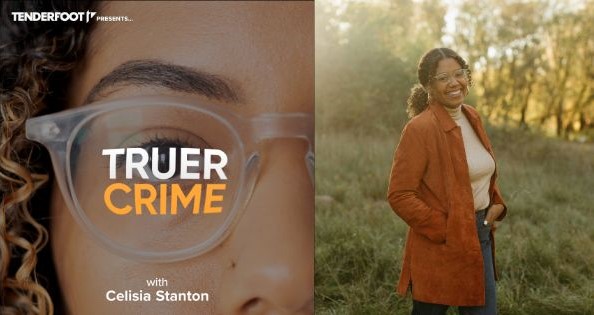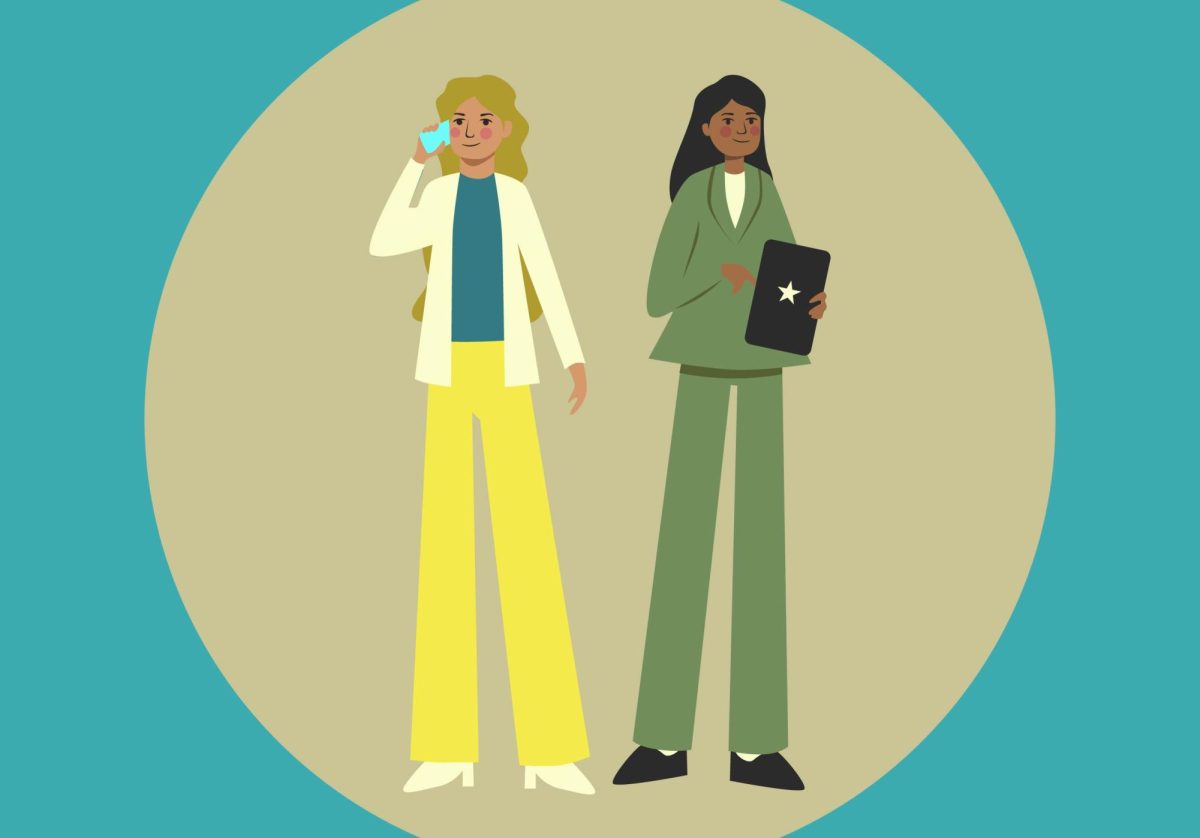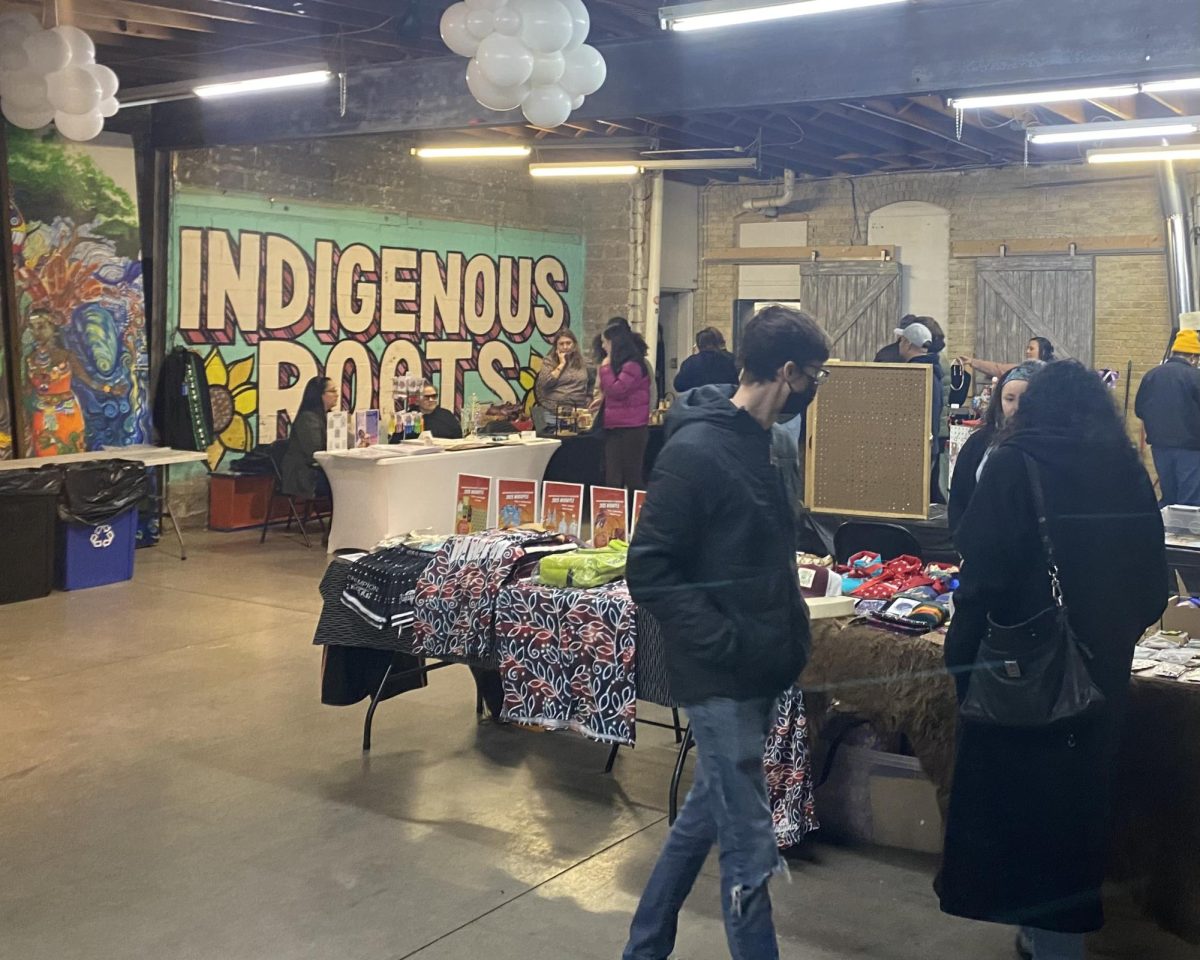Trixie Mattel and Katya Zamolodchikova did a live recording of their podcast “The Bald and the Beautiful” July 28 at State Theatre in Minneapolis.
After competing side by side on season seven of RuPaul’s Drag Race, Trixie and Katya began pursuing comedy together in their popular series, “UNHhhh,” launched in 2016. They continue to perform as a duo in a variety of formats, bringing pre-recorded and live productions to fans worldwide.
Trixie, originally from a small town in Wisconsin, speaks often about growing up in the Midwest. The star contributes to a proud and vibrant LGBTQ+ community in Milwaukee, WI, where Trixie owns the gay bar This Is It!
Like Milwaukee, Minneapolis is a hidden hub of queer culture. Here are a few significant moments in Twin Cities drag history — including a brief review of Trixie and Katya’s sold-out show.
1914 – Julian Eltinge performs at the Metropolitan Opera House
In the early twentieth century, “female impersonators” found success on Broadway, performing vaudeville for wealthy individuals in elite venues. Julian Eltinge was perhaps the most successful performer, as his decades-long career included a variety of musical comedies, films and a specially requested show for King Edward VII of England.
Eltinge appeared at the Metropolitan Opera House in Minneapolis in 1914, performing “The Fascinating Widow,” a show specifically designed to showcase his skills. Rather than exaggerating the mannerisms and appearances of women, female impersonators like Eltinge focused on mastering the act of deception, convincing audiences they were women until the big reveal at the end of the show.
1949 – Jewel Box Revue starts a six-month contract with Curly’s Theater Cafe
The Jewel Box Revue made history as the first inclusive touring company of female impersonators. Over 25 performers at once put on shows across the United States, from Ohio to Miami to Minneapolis. Whereas the vaudeville era often incorporated blackface and offensive stereotypes, this early revue –– formed in 1939 –– was more racially inclusive and began acknowledging diversity.
Though the shows in Minneapolis were immensely popular, the city and police requested the termination of the revue’s six-month contract with Curly’s. This was just one of many efforts to suppress drag that continued to impact life into the twenty-first century.
1970s – Club Cabaret, Casablanca Show Lounge and Gay ‘90s
The Club Cabaret was a venue for drag that opened in 1972 on Hennepin Avenue. Drag started to enter the mainstream in this era, finding its place in popular culture.
Though Club Cabaret did not last long (it closed the same decade it opened), other locations took its place. One of these venues was the Casablanca Show Lounge, now called Lafemme Lounge, in the upstairs of the popular bar Gay ‘90s.
2001 – Margarita Bella becomes a space for gay Latinos
The Latin bar Margarita Bella expanded its clientele in 2001 by inviting the queer community for “gay nights,” often involving drag queens. At this time, plenty of LGBTQ+ spaces existed across the city, yet there was (and is) still a surprising lack of diversity in many communities. The owners prioritized welcoming gay Latinos and creating mutual support among individuals.
June 28, 2023 – Minneapolis resolution declares drag performance is free speech
As anti-drag bills passed across the country, the Minneapolis City Council recently affirmed drag culture as a part of free speech. Led by Council President Andrea Jenkins, who is transgender, the committee discouraged future efforts to criminalize drag by declaring they “condemn the rise of anti-drag and anti-transgender legislation where bans and restrictions have passed or are being advanced.”
July 28, 2023 – Trixie and Katya live at State Theatre
The beautiful and historic State Theatre was filled with hundreds of Trixie and Katya fans, many of whom waited months to see the duo after the original show in February was canceled.
Trixie stunned on stage in an elaborate, sparkly and (obviously) pink ensemble. Katya, also gorgeous in a short gold dress, brought the chaotic energy she is known for and multiplied it by ten.
It was a Red Bull, she explained, that motivated her to run laps around Trixie and perform handstands.
“Montréal didn’t get that!” Katya said, referring to the previous night’s show.
Trixie and Katya’s unscripted hour-long conversation had the audience in constant laughter. They discussed Katya’s weird dreams, the Minneapolis-St. Paul rivalry and unpleasant hook-up stories.
As usual, the duo’s contrasting personalities made for an amusing dynamic. Trixie, poised with her legs crossed, was not fazed by Katya’s antics, but the way the two friends made each other laugh was, in itself, enough to entertain the crowd.














